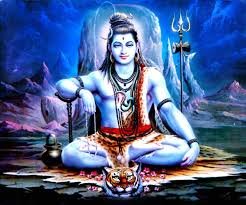Navratri, the nine nights festival is dedicated to Goddess Durga or Shakti and is celebrated five times a year. Although the festival of Navratri is celebrated five times a year but Navratri celebrated during the beginning of summer and again at the onset of winter are considered as very auspicious and special. These Navratris are known as Vasanta Navaratri and Sharad Navaratri respectively. Navratri 2014 will be celebrated from 25th September to 3rd October.
Navratri is regarded as the best and the most auspicious time to worship Goddess Durga and perform Pujas and Sadhanas dedicated to the mother Goddess. Devotees observe strict fast and worship Goddess Durga, Laxmi and Saraswati for three days each of the nine days of the festival of Navratri. Devotees believe that during Navratri worshipping Maa Durga leads to all round success and prosperity.
Navratri are divided into set of 3 days and different aspects of Mother Goddess are worshipped during these 3 days of Navratri. On the first day of Navratri a mud pot with sown barley seeds along with an oil lamp is placed near the Puja altar. During Navratri devotees practice meditation, mantra Japa and recitation of sacred texts dedicated to Goddess Durga.
Rituals that are followed during Navratri Puja are that devotees only consume vegetarian or Satvik food. Other rituals include Navdurga Yantra Sthapana, Garba, Kanya Pujan and more. Nine Goddesses that are manifestation of Goddess Durga are worshipped during the 9 days of Navratri. These nine Goddess are Goddess Shailaputri, Brahmacharini, Chandraghanta, Kushmanda, Skanda Mata, Katyayani, Kaal Ratri, Maha Gauri and Siddhidatri.



